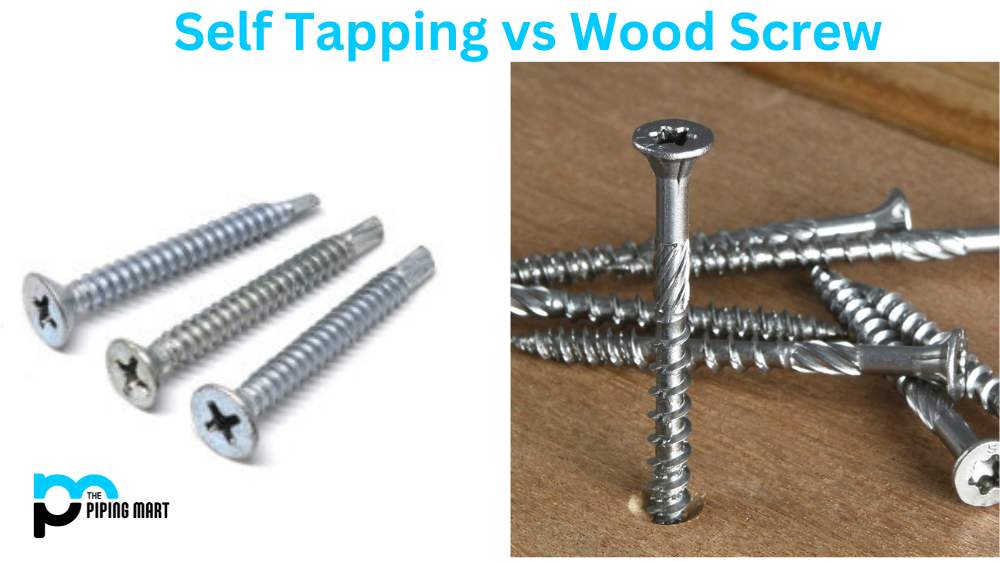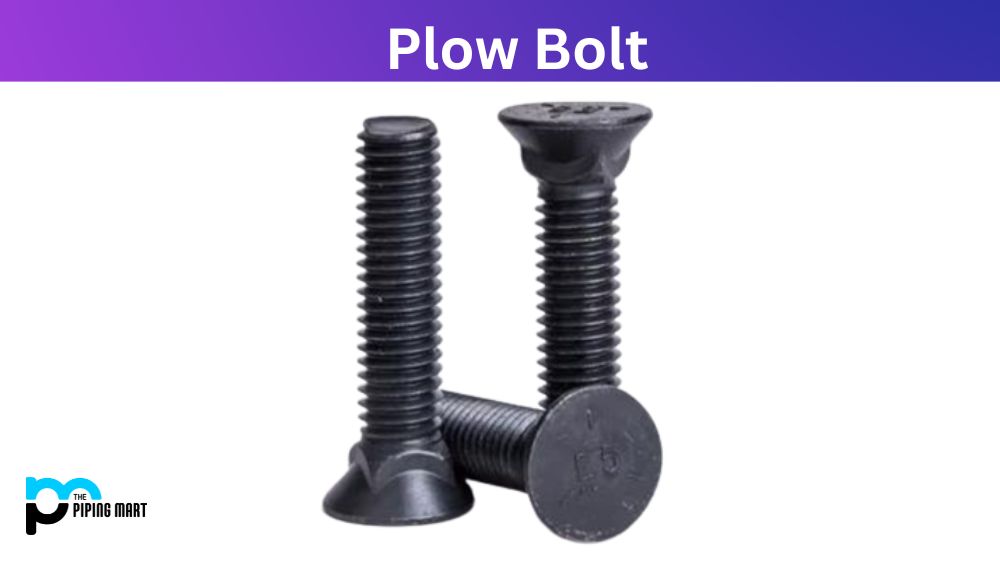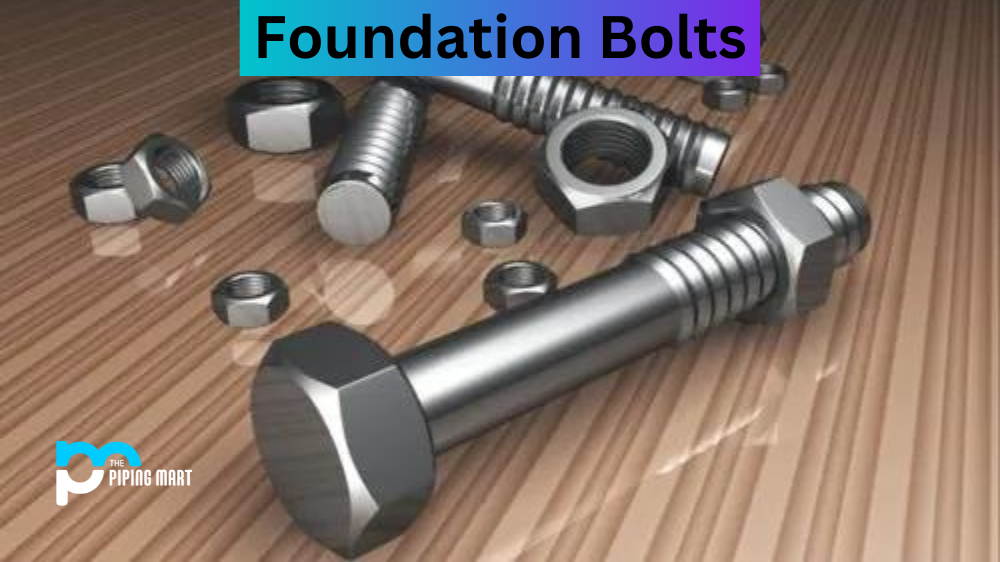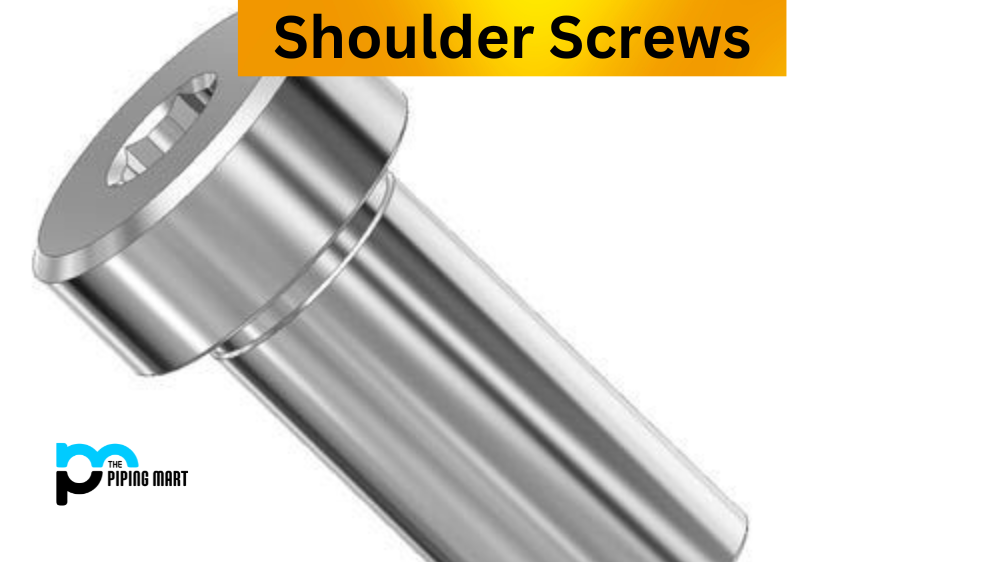Regarding fastening materials together, there are two popular options: self–tapping screws and wood screws. While both have advantages and disadvantages, it can be unclear when deciding which is the best for your project. In this blog post, we will explore the key differences between self-tapping screws and wood screws and help you make an informed decision.
What are Self-Tapping Screws?
Self-tapping screws have a unique design that allows them to form their own threads as they are driven into a material. Their pointed tip enables them to penetrate metal, plastic, and wood without making a pilot hole. Self-tapping screws are commonly used in applications requiring high torque and are available in various sizes and materials.
What are Wood Screws?
Wood screws have a sharp, pointed tip designed to penetrate wood without causing splitting. They have a threaded shaft that enables them to grip the wood and hold the two materials firmly together. Wood screws are commonly used in woodworking projects such as furniture, cabinetry, and flooring.
Difference Between Self Tapping and Wood Screws
The choice of the screw depends on the material being fastened and the strength required. Self-tapping screws are best suited for metal, plastic, and other thin materials, while wood screws are best suited for wood-based materials. The decision also depends on the ease of installation and the desired appearance. Wood screws provide a clean finish and are easy to remove, while self-tapping screws are efficient and easy to install.
When to Use Self-Tapping Screws?
Self-tapping screws are ideal for applications where the material is thin or weak and cannot withstand the force required to create a pilot hole. They are commonly used in metal and plastic fabrications, electronic casings, and auto mechanics. Self-tapping screws are also helpful in DIY projects where hardware needs to be installed quickly and efficiently.
When to Use Wood Screws?
Wood screws are ideal for woodworking projects where the material is wood. They have a sharp tip that prevents the wood from splitting and a deep thread that provides a firm grip. Wood screws are commonly used in cabinetry, furniture, decking, and flooring. They are also effective in construction projects where wood framing needs to be secured.
Advantages of Self-Tapping Screws
One of the main advantages of self-tapping screws is that they do not require a pre-drilled hole. This can save time and effort when installing them and make them ideal for use in materials that are difficult to drill, such as concrete or brick. Additionally, self-tapping screws have a higher shear strength than wood screws and can be used in applications requiring high holding power.
Advantages of Wood Screws
One of the main advantages of wood screws is that they have sharp threads that bite into the wood, providing a stronghold. Additionally, wood screws are less likely to strip out than self-tapping screws, making them ideal for use in applications requiring high holding power. Wood screws can be removed and reused more easily than self-tapping screws.
Disadvantages of Self-Tapping Screws
One of the main disadvantages of self-tapping screws is that they can damage the material they are being installed into if not installed correctly. Additionally, self-tapping screws have a lower shear strength than wood screws and may strip out more quickly in applications requiring high holding power.
Conclusion
Choosing between self-tapping and wood screws can be a tricky decision. Ultimately, the choice depends on the material being fastened, the strength required, and the desired aesthetics. While self-tapping screws may be more efficient and quicker to install, wood screws provide a cleaner finish and are easier to remove. By understanding the differences between the two, you can make an informed decision and ensure the durability of your project.

Meet Bhavesh, a seasoned blogger with a wealth of knowledge and experience. From metal products manufacturing to retail, Bhavesh has a diverse background in various industries and is dedicated to sharing his insights and expertise with readers.




